
Welcome to The Regenerators.
Introduction
Plastic is a really useful man-made material that has transformed our lives, but what happens after we throw it away is causing a big problem for our planet.
Plastic waste can last for hundreds of years, spoiling beaches, hurting wildlife and contaminating our food.
We all need to work together to solve this problem and there are lots of things you can do to help.
You've got a message!
Catch up with Kayla (from the future!) to discover some ways we can solve our problem with plastic.
Kayla: Hey hey people in the past! Just wanted to make this video to say thanks! Thanks for not using so much plastic. The world got a lot better when you didn't.
You guys used to love plastic, I mean love, love, love it! Plastic is super useful, but you used to put it in chewing gum, stickers and t-shirts that you'd only wear a couple of times! Oh! I've got to show you guys this t-shirt. Just a sec.
I found it! From the 2020s, still going strong. Oh and this one I swapped with a friend and I just mended this one the other day. And this all started when you guys changed to be more awesome. Moving away from single-use plastics, not going through polyester clothes like loo roll.
Anyway, plastics get everywhere after you've used them, and back in your time lots went in the oceans. People dropped it, flushed it, sank it, some people are pretty clumsy if I'm honest.
And then the waves and weather broke the plastic into little pieces, and little fish would eat the little plastic, and then we would eat the little fish and then a bit of that bottle we threw out would be in us.
Weird, but true. So yeah, thanks for using less single-use plastics and recycling the plastic you did use.
Strange to think people didn't used to recycle. Like you dug stuff out of the ground, sent it to a factory, squished it into the shape of a bottle, popped a label on it, popped water in it, drove it to a shop, bought it, drank it, two seconds later, binned it.
All that for one bottle.
Kayla's Mum: Oh! Hey past people. Dinners ready. You want water with your dinner?
Kayla: Yep! Out of a tap please!
Kayla's Mum: Umm… yeah. Where else?
Kayla: What was I saying?
Oh yeah, thanks for recycling and not just using plastics once. You've saved the world's oceans and the fishies and you've saved me from eating plastic right now.
Uses of plastics
Since being discovered over 100 years ago, plastic has completely changed our lives.
We use it to make an incredible range of useful things, including household items, food packaging, fishing nets, medical products and technology.

Find out about some of the different ways we use plastic in the slideshow below.
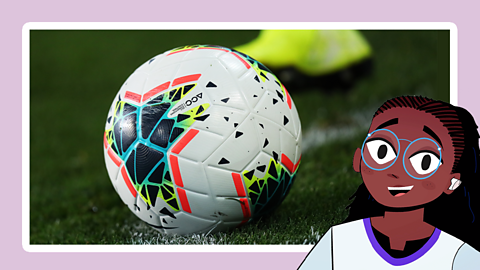
Image caption, Sports
The ball, the boots and even the pitches in football now contain plastic.
Image caption, Medicine
Plastic is completely sterile and has been used to produce lots of medical equipment, like surgical gloves, syringes and insulin pens. It has helped improve prosthetics by making them more durable and far more comfortable for the wearer.
Image caption, Automotive
Combined with other materials, plastic can help reduce the weight of a car by 70%. This helps the car go faster and use less fuel, which is better for the environment. The car shown has seats made with recycled bottles and carpet from used fishing nets.
Image caption, Electronics
Gaming and electronics rely greatly on plastics. It’s cheap to produce and it can be made into all sorts of shapes, sizes and colours. This makes it a key material for the world of electronics.
1 of 4
The properties of plastic mean that it’s lightweight, strong and waterproof, which is great for making durable products that last a long time. However, these properties also make it a problem for the environment.
Most plastic cannot BiodegradableThe object is capable of being decomposed by bacteria or other living organisms, avoiding pollution., which means it doesn't rot, like paper or food. Instead, plastic waste can last for a very long time after it is thrown away.
Plastic in our oceans
Even if you don’t live by the sea, the plastic that you throw away can find its way into the ocean.
Around 80% of the plastic in the ocean comes from the land. Here, it can pose a huge threat to marine life.
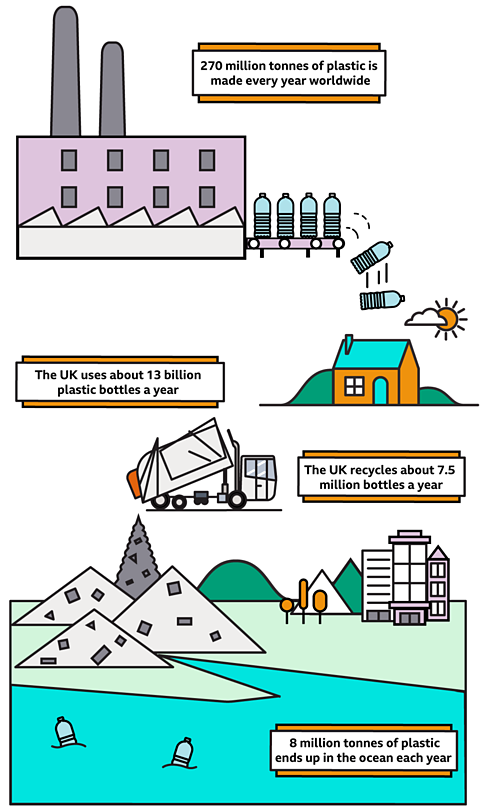
Impact of plastic
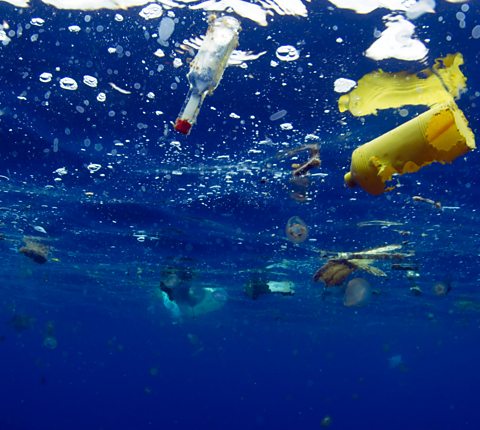
Animals can become caught in pieces of plastic or mistakenly see it as food. If they cannot digest it then the animal may become ill and die.
Over time, plastic can be broken into smaller and smaller pieces. These tiny particles of plastic, known as microplastics, are eaten by fish and other sea creatures.
The chemicals from the plastic are passed along the food chain and can ultimately end up in the food we eat.

Join Lindsey from Blue Peter as she travels to Bass Rock in North Berwick, Scotland to see the impact that our plastic waste is having on the thousands of seabirds living there.
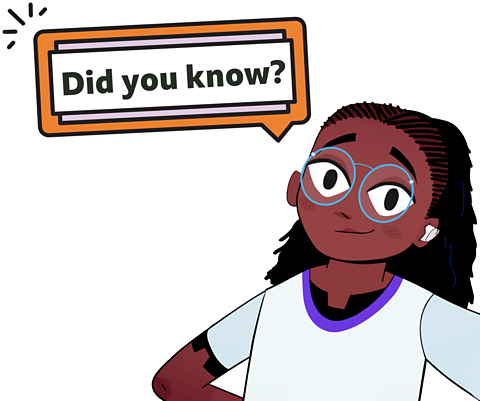
Originally, the invention of plastic helped protect some animals that had been hunted for their Natural materialA product made from substances found in nature, such as from plants, animals or the ground..
Plastic was used to replace materials like ivory (from elephant tusks) and tortoise shell.
These materials had been used to make furniture and objects like combs, jewellery and piano keys.

What can we do about it?
There are lots of people working hard to tackle plastic pollution, from scientists and engineers, to charities and governments.
However, we all have a part to play to fix this, and there are lots of ways you can make a difference.
To start with, you can remember three simple rules to help cut down your plastic waste:
Reduce
Reducing the number of plastic things we buy means we end up reducing the amount of rubbish we produce.
Reuse
Reusing things multiple times is a great way of reducing the rubbish we throw away too.
Recycle
Lots of things can be recycled and made into something else. Look at the label and find out how recycling works in your local area.
Doing things differently
The best thing we can do is reduce the amount of plastic we use, especiallySingle-use plasticPlastic items that are designed to be disposed of shortly after being used and are difficult to recycle., found in things such as plastic bags, bottles, straws and crisp packets.
We can do this by switching to alternative materials or items that can be used again and again. Have a look at some different examples in the slideshow below.
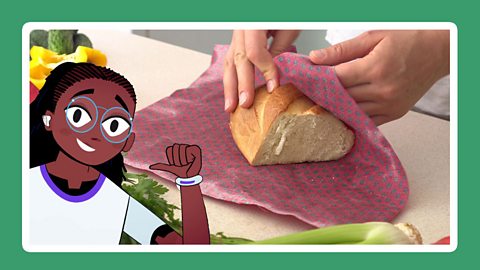
Image caption, Beeswax paper
Instead of plastic bags or clingfilm, beeswax paper is an alternative because it easily cleaned and is reusable.
Image caption, Paper straws
Many companies are making the switch from using plastic straws to using paper ones.
Image caption, Wood and glass jars
Wooden kitchen utensils are fantastic swaps. They do the same job but can easily be recycled. Upcycling and reusing empty glass jars to store and transport food means using less single-use plastic containers.
Image caption, Bamboo
Bamboo is beginning to be a great alternative to plastic. It is 100% decomposable and is starting to be used for lots of day-to-day things like toothbrushes, lunch boxes and chopping boards.
1 of 4
To reduce the amount of plastic we use there is sometimes a charge. For example, plastic shopping bags now cost money to encourage people to reuse their own bags instead.
Lots of companies and business are changing too, including making their products and packaging easier to recycle or even plastic free.
We've also stopped producing certain plastic items altogether. There is now a ban on single-use plastic straws, cotton buds and drink stirrers in England.
However, cutting out plastic completely would be impossible, so more of us are recycling it. This means that it can be used again to make something new and it stops it from becoming litter.
To deal with the problem we need to think about how use plastic and how we get rid of it in a way that doesn't damage our environment or become a problem for other people and living things around the world.
The plastic problem is a big one and you might think that you can only play a small part, but if we all change things together, we can make a big difference!
Top tips
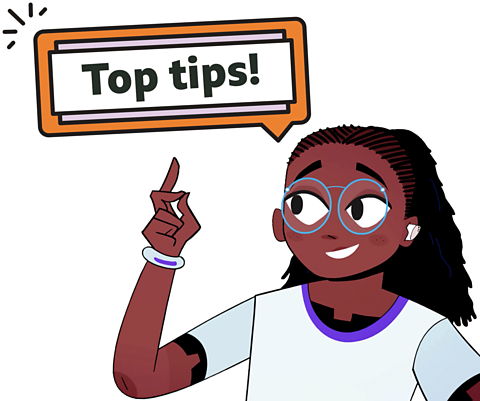
- Think ahead by keeping reusable plastic items to hand, like a water bottle or reusable shopping bag.
- Find out which plastics your local recycling centre accepts and make sure you recycle them.
- Be creative and reuse old items for something new.
- Clean up your local environment. Every piece of plastic litter you pick up is one less piece in nature.
- Talk to people about your ideas and what you’ve done, as this might encourage them to make a change too.

Lesson complete!
Well done Regenerator, you've completed this lesson. Now let's see what you can remember.
Plastic investigation
This investigation looks at what plastic is, what it’s used for and how it impacts on the environment.
Watch the film below before carrying out the investigation.
Equipment
- A synthetic fleece
- A bowl
- Warm or cold water
- A funnel
- A jug
- Two sheets of filter paper
Expected duration
Approximately 45 mins
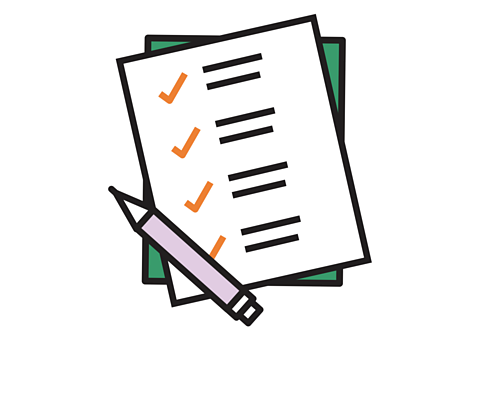
Download the accompanying ±«Óătv Teach resource sheet.
±«Óătv Teach

There's more to learn
Explore more lessons and content from around the ±«Óătv.
What is climate change?
GREEN CLASSROOM

Why are our oceans important?
GREEN CLASSROOM
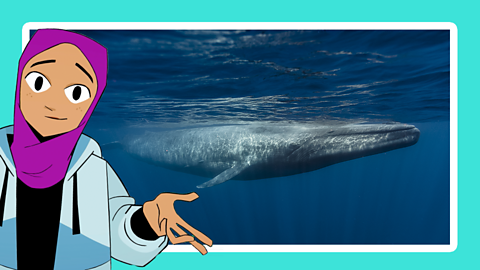
Year 3 - 6 and P4 - P7
GREEN CLASSROOM
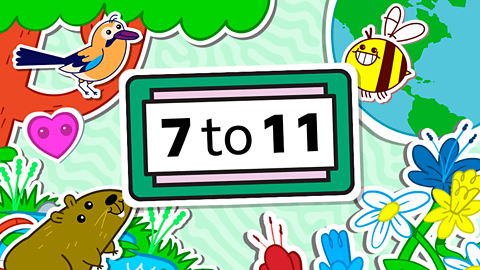
More from The Regenerators
±«Óătv BITESIZE
